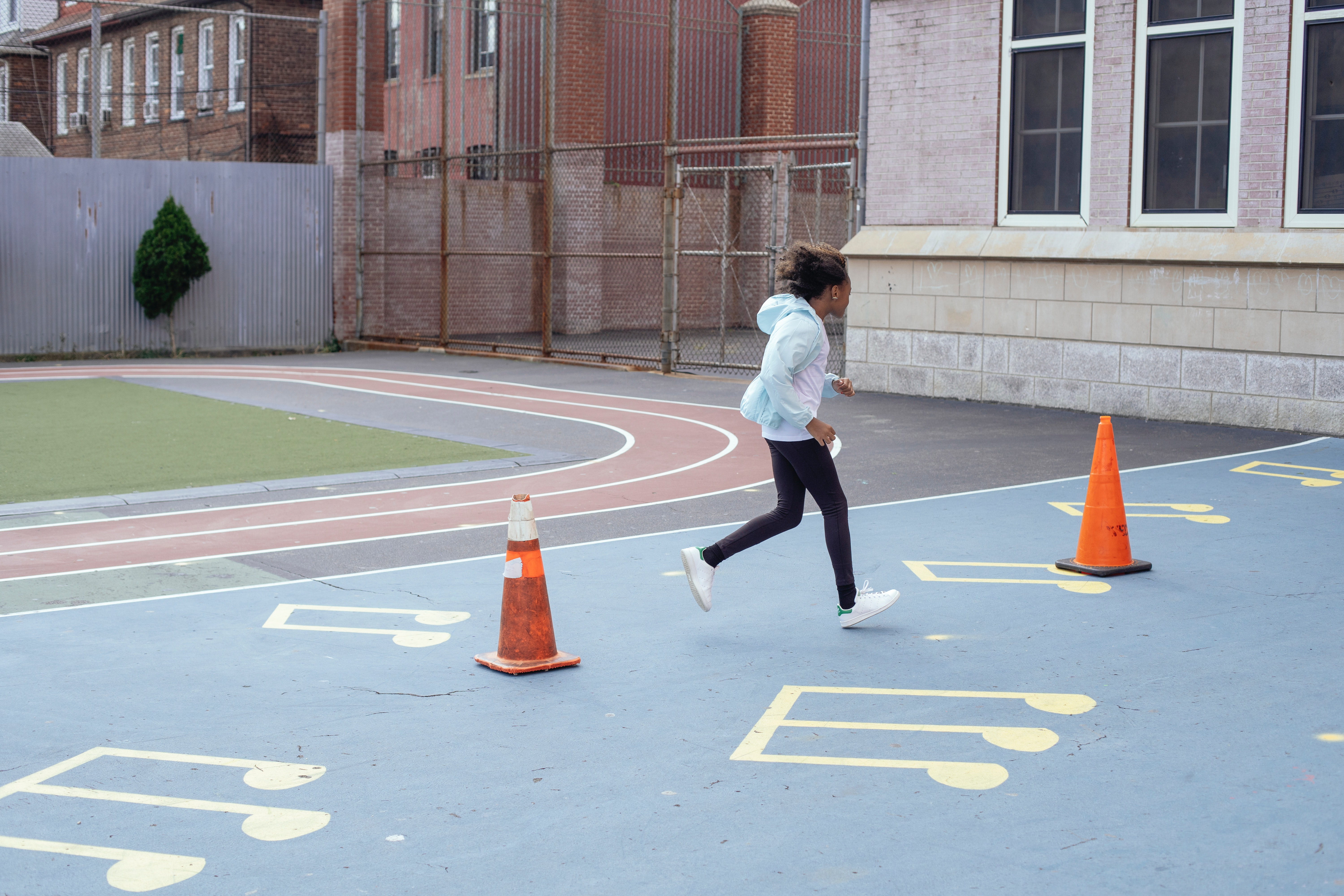
Sport in a child’s life: the role of school
Sport in a child’s life: the role of school
By Eva Jacomet, Policy officer, Sport and Citizenship Think Tank
Because it is guaranteed to reach almost every child, school is often seen as the best chance to ensure that the greatest number of children have access to sport and physical activities and are thus protected from the increasingly dominant sedentary lifestyle. A look at some examples of good practice in this area in Europe.

In February 2021, in the middle of the health crisis, the European Parliament adopted a Resolution showing concern about “the lack of physical activity observed among many young people during the lockdowns and the consequences this could have for public health”[1]. At the same time, numerous studies show the benefits of doing more sport and physical activity, for mental and physical health, for better results in school and for developing children’s social skills.
Although physical education (PE) is compulsory in all European primary and secondary schools, the teaching time prescribed and applied varies widely from one country to another. However, in view of current problems, sport and physical activity for very young children is seen as a priority in sport policies in the majority of Member States.
Sport and physical activity and active learning
In the first place, giving sport more emphasis in school comes down to giving sport and physical activity more time in the curriculum, as is the case in Denmark. A reform in 2014 imposed 45 minutes a day of sport and physical activity in school.
Initiatives aimed at rethinking the way schools work are also emerging. In Estonia, the “Liikuma kustuv kool” (“school in movement”) programme was devised by the Education and Social Affairs Ministries with the help of the University of Tartu Mobility Lab. To encourage children to be physically active, the programme offers pupils and teachers active learning; traditional subjects are taught in movement. The project also promotes active breaks (encouraging games involving movement at breaktime) and is leading to new thinking about the way school spaces are organised to make them more suitable for movement, from the playground to the classrooms.
Fix sport and physical activity firmly in the time before and after achool
The role of school does not end at the classroom door. Schools also have a fundamental role to play in encouraging sport and physical activity in the time before and after school, by encouraging active ways of getting to and from school (eco-mobility), for example, or by pushing club-based sport. The “Scuolo Aperto Allo Sport” project in Italy, for instance, aims to strengthen links between the sport movement and schools. Sport instructors from local clubs come into schools for PE lessons or free afternoons to show children the different sporting disciplines and invite pupils to join clubs to do sport.
PE, learning with movement, active breaks and travel, links with the sport movement: there are many ways in which schools can encourage pupils and their families to adopt an active way of life. Political bodies need to do more, too, to ensure that very young children acquire good habits for life.
Information from the benchmark carried out by Sport and Citizenship on “Sport” priorities in EU Member States (2022)
[1] European Parliament resolution 10 February 2021 on the impact of Covid-19 on youth and sport (2020/2864(RSP))
